First things first: a “lounge suit” is nothing more than a traditional suit that you’d wear to the office or an event, outside of black tie, which requires a dinner suit. The confusion for men comes from invitations with Lounge Suit stated as the dress code. This translates simply to a smart suit worn with a shirt and tie.
These days, those invitations are few and far between – because the need to wear a suit is fast diminishing outside of all but the stiffest professions. Indeed, given the rise of business casual and the comfort-driven nature of modern menswear, a suit now is more typically worn for pleasure and socialising than it is for work. The suit has been rescued from being a uniform – to be called a “suit” was once to be derided as an anonymous cog in a corporate machine – and revived as something to take pleasure in.
“A consequence of modern tailoring methods,” noted Montague Burton, the pioneer of mass-production ready-to-wear tailoring in the early 1950s, “is that men are able to afford a greater change and variety of attire, which tends to develop a race of well-dressed men. And there can be no doubt that the immaculate citizen is an asset to his community and a credit to his country.”
There are those who say that it’s not just about how a good lounge suit makes a man look professional – it’s about how it gives him a psychological benefit. You stand taller in a suit. A suit, they say, offers protection and even generates respect. There’s some truth in that, and therefore investing in a good suit should be one’s first consideration.
It’s better to have one decent one that several poor ones, since the essential simplicity of this classic two-piece garment is quick to show where corners have been cut. The chief consideration in any investment suit should be the fabric, which, rather than style or brand, accounts for the bulk of difference in price between suits.
Fabric
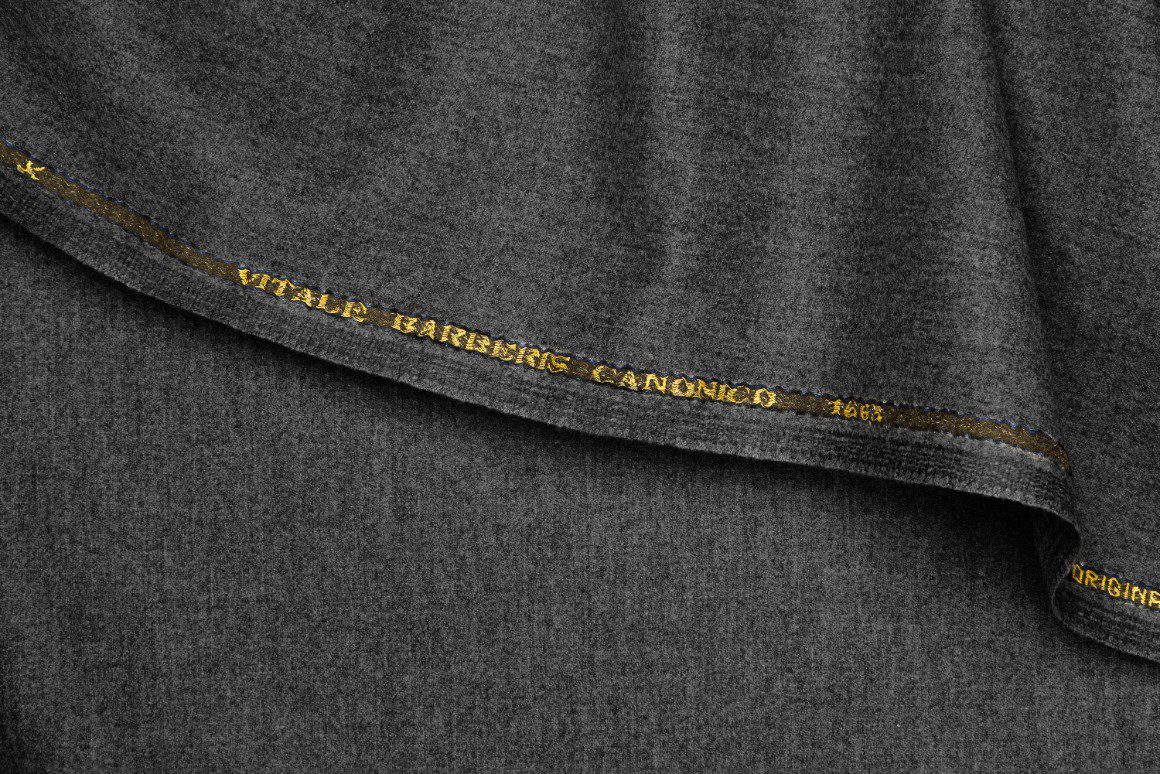
Ideally opt for at least a 12oz fabric because the heavier the cloth is the longer the suit will last and the more capable it will be of being worn day-in, day-out and year-round. A 9oz cloth (the kind typically used by high-street brands) will not only crease easier and sag faster, but feel too lightweight in winter; in contrast, a 16oz fabric, for example, will be close to bulletproof but loses year-round utility – unless you happen to be a moorland gamekeeper.
An English worsted pure wool cloth makes for an excellent option, but avoid vicuna, cashmere or cashmere blends – which give sheen and softness but at a heavy price to durability – and polyester mixes, which trap perspiration and quickly degrade the fabric. Even silk mixes are a bad idea. No matter how sleek the suit looks on the hanger in the shop, after a few wears and some ironing it will go shiny. Mixes are for special occasion suits (think cocktail attire), not the everyday.
Construction
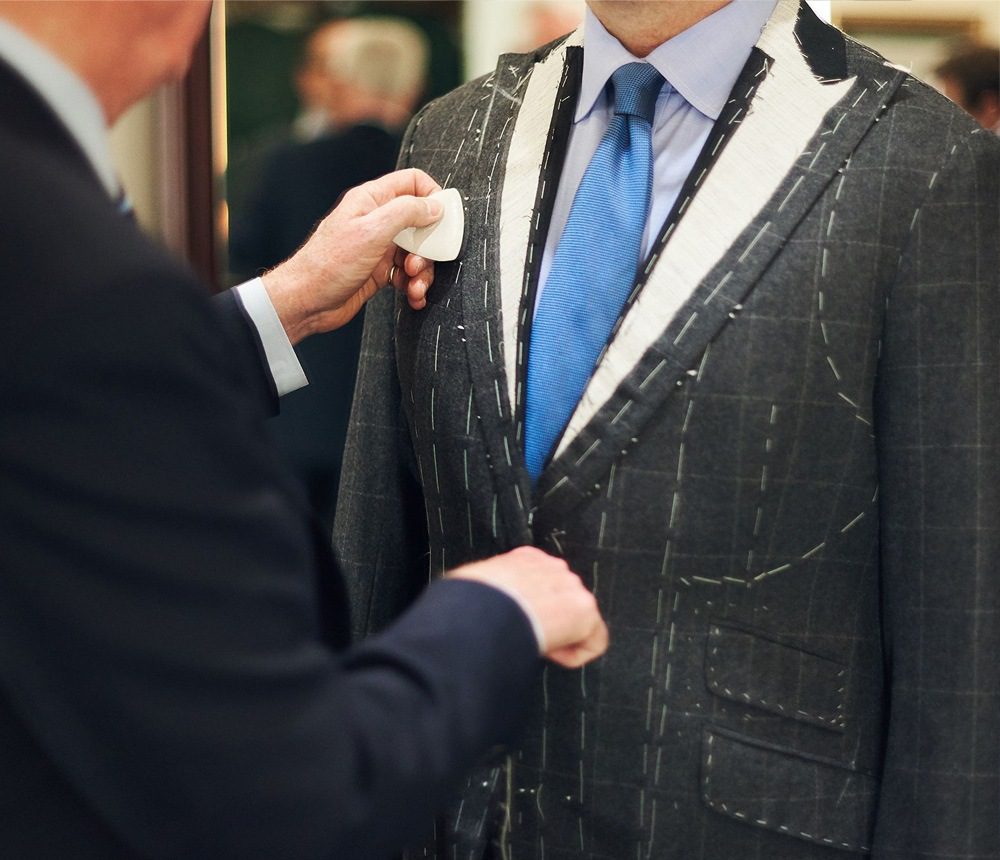
The way your suit of choice is made is equally important. If at all possible, upgrade to any suit that does not use a fused construction – a good sign is whether the front and rear fascia of the lapel can be gently pulled apart – since in time this will see patches bubble up, especially if the suit gets wet. There’s no point having a great fabric if the suit is fused.
Style
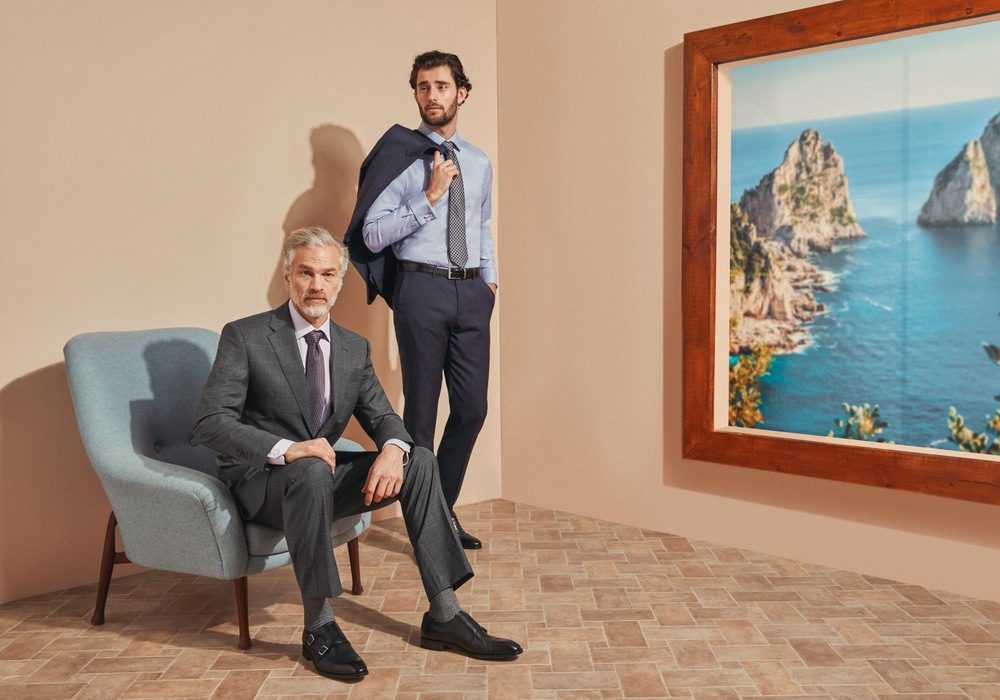
Style, of course, is the trickiest consideration, given the unpredictability of fashion trends. Most tailors suggest opting for a dark colour – navy or charcoal grey but never black, unless you’re a bouncer or funeral director – because this will best carry from breakfast meetings through, if necessary, to evening functions.
A herringbone pattern looks plain from a distance but adds texture and interest. And, contrary to any inclination to get more fancy detail for your money, the following should be avoided: no dramatically-slanted pockets, contrast coloured button-holes, linings or trims.
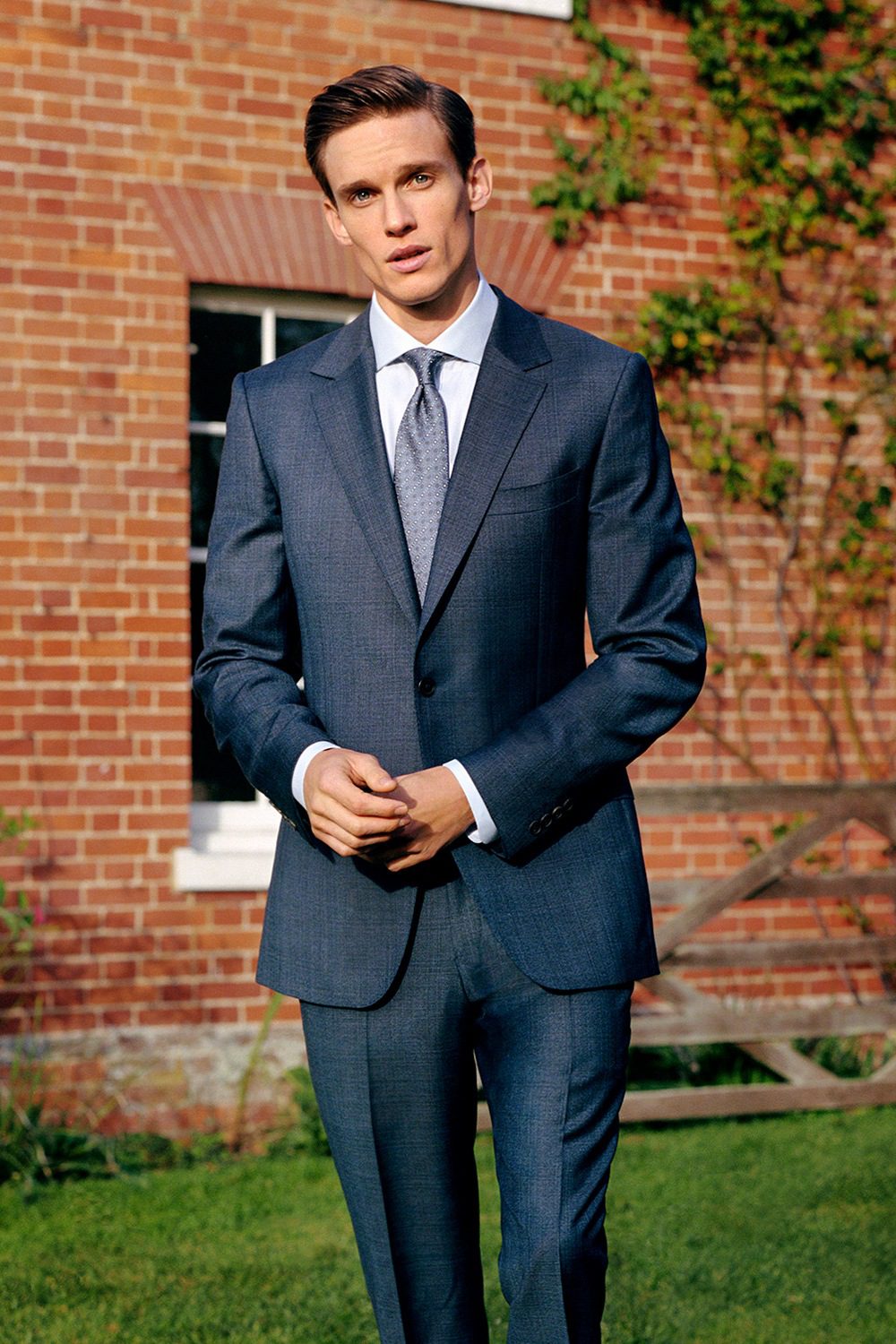
After Beau Brummell’s advice that a man who gives the impression of being well-dressed is not so, it’s ironic but the idea is to make an investment suit as unmemorable as possible. This ensures versatility, allowing it to frame different collared shirts and ties, where your “personality” can be given greater free rein.
Colleagues should not be able to tell you’re wearing the same suit; and no matter how restrained from the outside, if your suit has a yellow lining, they will remember it.
Naturally, style is important. Flat-front trousers without turn-ups, and a two-button, single-breasted suit with two side-vents is considered a modern classic and provides the best overall tailored silhouette. Cheaper high-street suits lean towards one or no vent as this gives the illusion of shape that otherwise has to be expensively constructed.
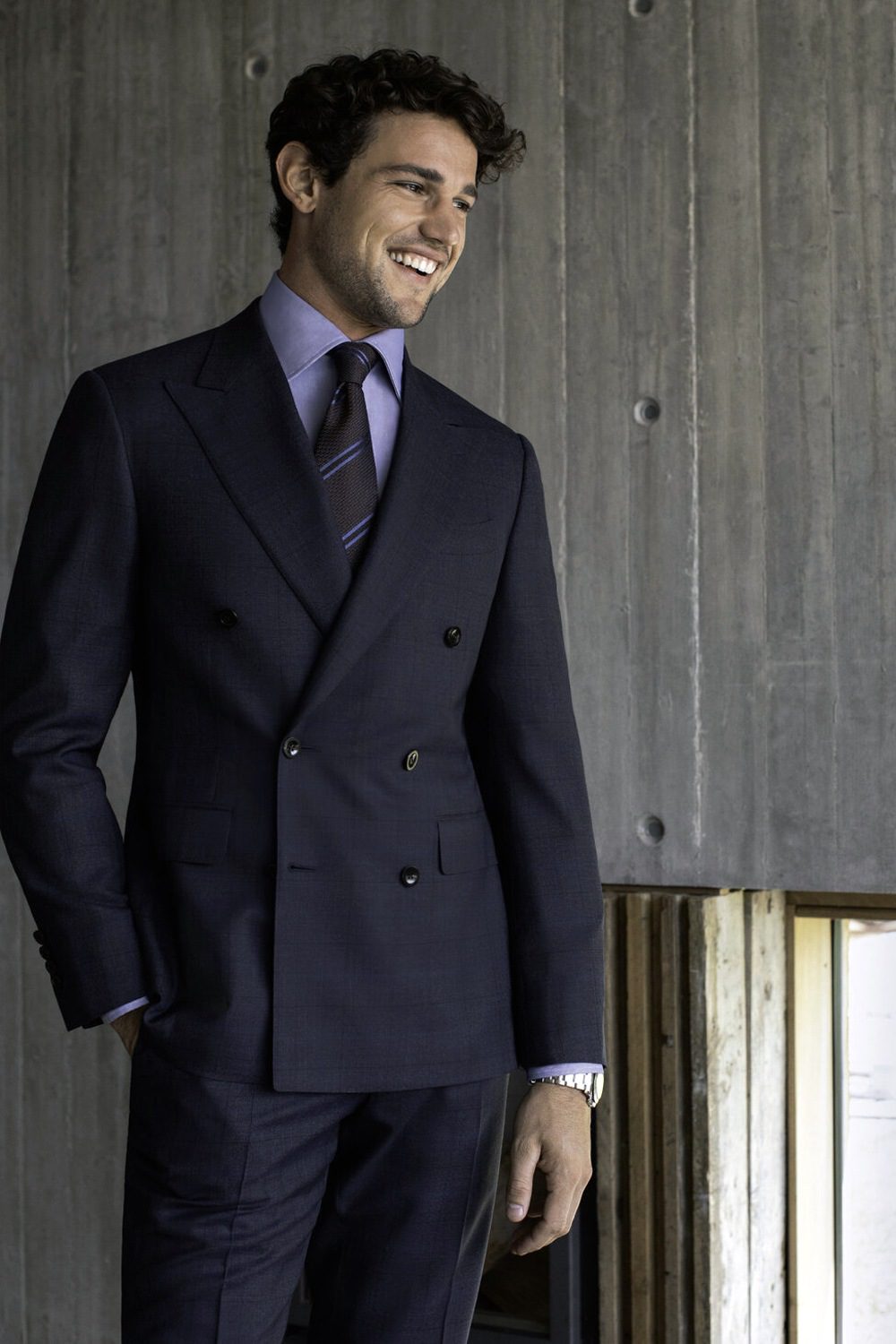
The double-breasted suit has long been considered the stereotypical uniform of smarmy estate agents, dodgy spivs, middle-management careerists and arrogant city boys – so is it any wonder that this style of jacket has become one of the most maligned garments of the male wardrobe?
The DB’s image since the 1980s is certainly a long way from the supreme style of 1930s and 1940s Hollywood, when it was the staple movie-star choice for the cut that emphasised the classic masculine V-shaped torso. If you really want to buy double-breasted, it’s got to fit really, really well.
Fit
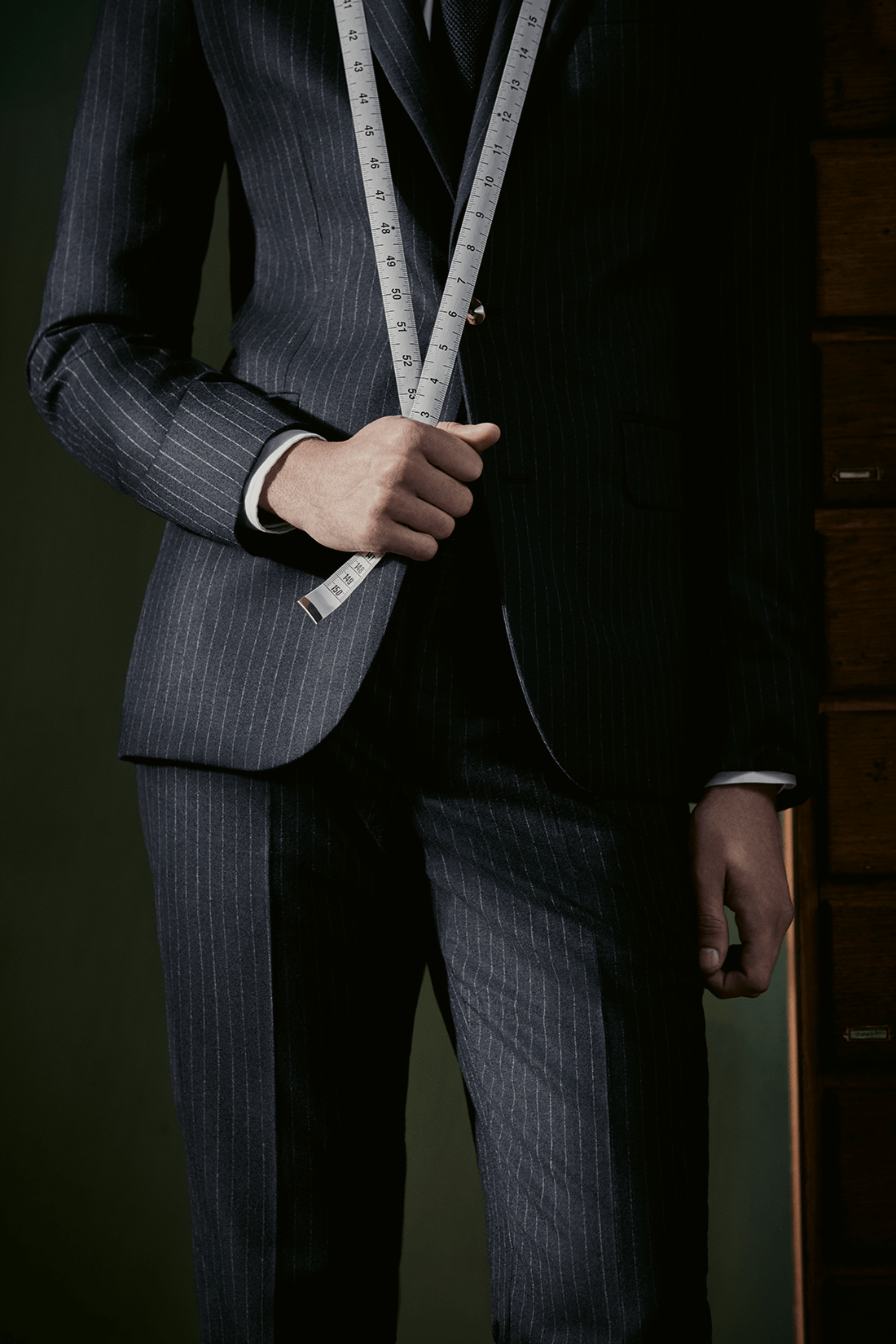
Good fit will make or break any suit – an ill-fitting suit not only looks discreditable, but will wear out faster. Here’s the rub too: the standard ready-to-wear suit is created for Mr. Average. “His height is 5ft 9in and he has a slight tendency towards rounded shoulders. He boasts a 38-inch chest measurement and a 35-inch waist. His arms are 32 inches long and his legs are 30 and three-quarter inches (inside measurement),” as Burton once concluded. Unless that’s you, finding a good fit will take plenty of trial and error.
A good trick for those on a curtailed clothing allowance – or a less than average shape – is to buy a suit with a jacket that fits well across the shoulders and then have the waist nipped in for a sharper silhouette by a tailor. It’s an inexpensive job that will return dividends.
Made-To-Measure
Of course, the path to the ultimate investment is to step up from ready-to-wear and opt for made-to-measure or a bespoke suit, in which the entire garment is tailor-made to your specifications and desires. With these options priced at as little as twice that of some ready-to-wear or designer suits, that is sound financing. But that’s another story altogether…
The post A Gentleman’s Guide To The Lounge Suit Dress Code (And What To Buy) appeared first on Ape to Gentleman.
